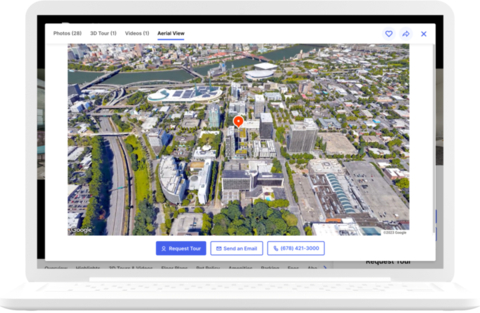ZOMBIE FORECLOSURES KEEP INCREASING BUT REMAIN A TINY PRESENCE AROUND MOST OF U.S.
Count of Vacant Homes in Foreclosure Increases for Fifth Straight Quarter;Zombie Properties Comprise Largest Portion of All Homes Since Before COVID Pandemic;But Just One of Every 11,600 Residential Properties Nationwide Sits Empty in Foreclosure ATTOM, a leading curator of land, property, and real estate data, released its second-quarter 2023 Vacant Property and Zombie Foreclosure Report showing that 1.3 million (1,285,633) residential properties in the United States are vacant. That figure represents 1.3 percent, or
Read More







